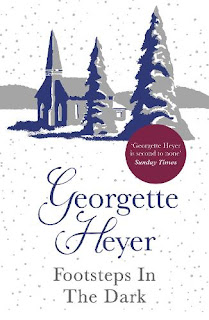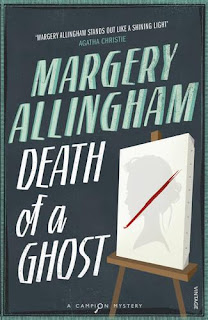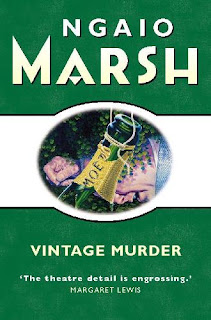If you are a food lover, Italy is one of the best places to visit at Christmas, because the focus is firmly on the feasting, whichever region you choose to stay in.
A Christmas tree in Rome's Piazza Venezia is one
of the city's familiar festive sights
On la Vigilia di Natale (Christmas Eve), a fish meal is traditionally consumed consisting of several different courses, after which the adults who are still able to move may go to midnight mass.
But Natale (Christmas Day) is the time for the serious feasting to start. While the children open their presents, the adults savour a glass of good prosecco or uncork a special vintage bottle to enjoy while they prepare the festive table.
Friends and relatives who drop in with presents, or to exchange good wishes, will be offered nuts, biscuits and torrone (nougat made in the city of Cremona in Lombardy.)
The antipasto course served at the beginning of the meal is likely to include Parma ham or bresaola - dried, cured beef - with preserved mushrooms, olives, and pickled vegetables.
Stuffed pasta is usually served as a primo piatto, first course, either in the shape of ravioli or tortellini, which originated in Emilia Romagna. This shape of pasta is said to have been inspired by a beautiful woman who was staying at an inn in the region. The innkeeper is reputed to have tried to spy on her through a keyhole but all he could see was her navel.
Tortellini in brodo, traditionally served in capon broth, remains a classic Christmas day dish in Italy.
Panettone is a traditional part of the Italian
family table at Christmas
For the main course, turkey or capon is likely to be served with potatoes and vegetables as side dishes.
The traditional end to the meal is almost always panettone, served warm, accompanied by a glass of sparkling wine.
Italian folklore has it that panettone was concocted by a Milanese baker, Antonio (Toni), to impress his girlfriend one Christmas in the 15th century. The result was so successful that ‘Pane de Toni’ has become a regular feature of the Christmas season all over Italy and now even abroad.
The feasting and family parties continue on 26 December, the festa di Santo Stefano (Boxing Day).
A Happy Christmas and Buon Natale to all my readers.
.jpg)










